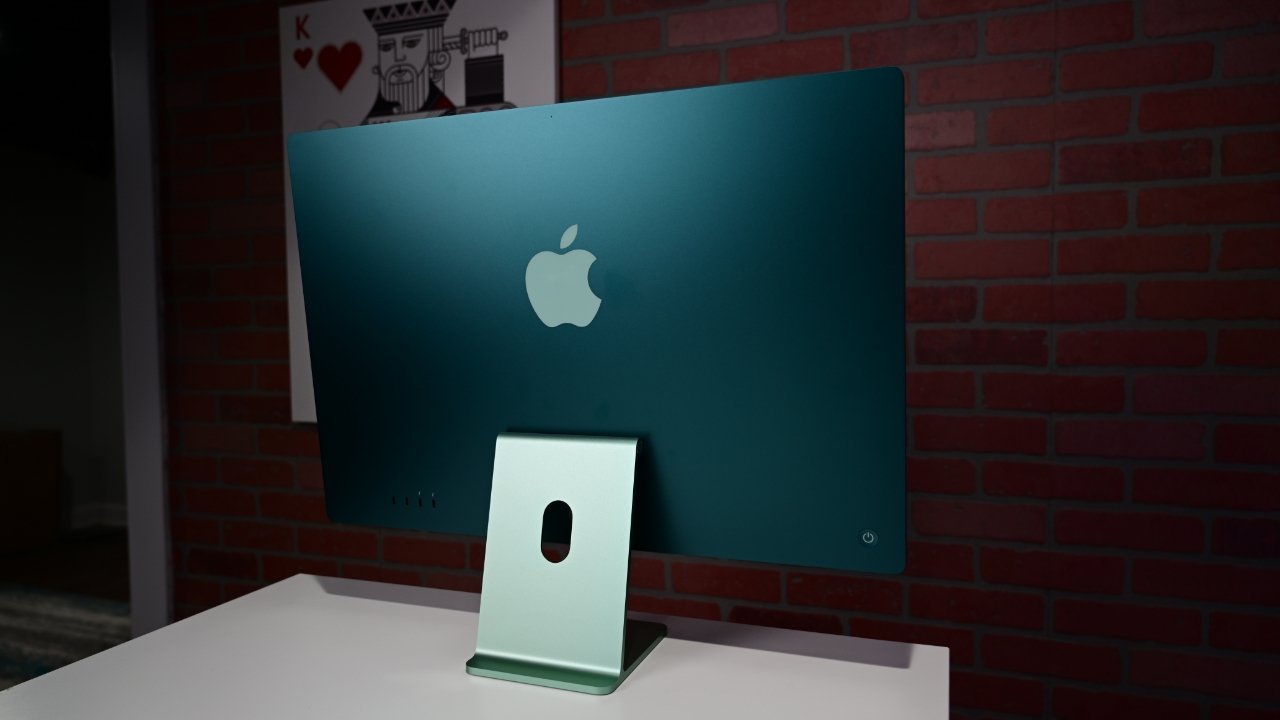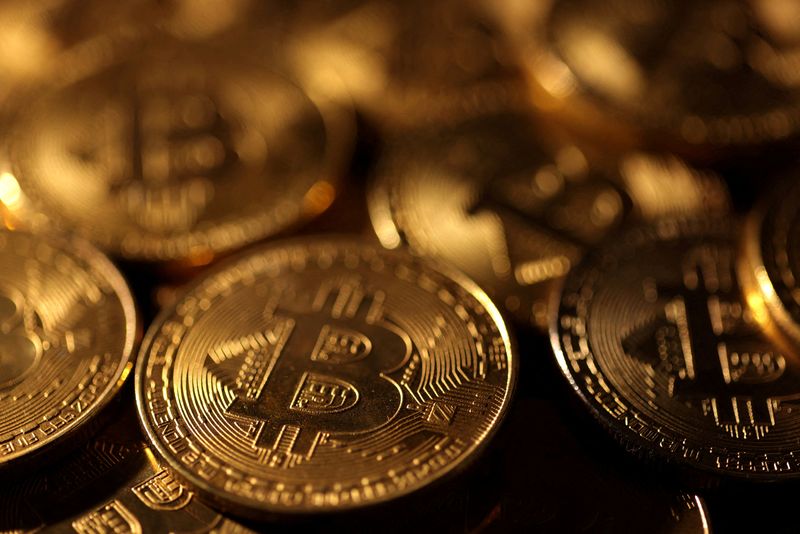Stock Markets
Apple lost half of the PC market on record

The first quarter of 2023 was marked by a sharp drop in global personal computer shipments – a record 29% due to weak demand, excess inventory and a worsening macroeconomic climate – and the outsider was Apple, whose profits fell 40.5% for the year, Reuters wrote.
The International Data Corporation (IDC) report said global PC shipments totaled $56.9 million in the first quarter of this year, up from $80.2 million in the same period last year.
PC shipments were also down in the last quarter of 2022, down 28.1%.
Apple’s first-quarter shipments fell the most, down 40.5% from the same period in 2022, while Dell Technologies (NYSE: DELL) shipments fell 31%.
Lenovo Group (OTC: LNVGY), Asustek Computer Inc (TW:2357) and HP Inc (NYSE: HPQ) were also outsiders.
Mac sales rose during the wave of remote work during the pandemic, but fell year over year to $7.7 billion in the last quarter of last year.
Shipments in the first quarter of 2023 were markedly lower than the 59.2 million units in the first quarter of 2019 and 60.6 million units in the first quarter of 2018.
Because of the forced pause, many factories are beginning to explore production options outside China.
Concerns about slowing economic growth stem from recent turmoil in the banking sector, rampant inflation and tight monetary policy, which will hamper growth and financial investment.
If the economy grows by 2024, we can also expect significant market growth on the back of hardware upgrades by households, schools and businesses switching to Windows 11.
Earlier we reported that the U.S. Congress warned Apple and Disney about problems because of China.
Stock Markets
Bitcoin’s new record lifts industry stocks ahead of ‘Crypto Week’ in Washington
Stock Markets
S&P 500 climbs to keep record in sight as chip stocks ride ongoing AI-led demand
Stock Markets
Deutsche Bank starts Cinemark at Buy as it sees box office recovery driving cash

 Forex3 years ago
Forex3 years agoForex Today: the dollar is gaining strength amid gloomy sentiment at the start of the Fed’s week

 Forex3 years ago
Forex3 years agoUnbiased review of Pocket Option broker

 Forex3 years ago
Forex3 years agoDollar to pound sterling exchange rate today: Pound plummeted to its lowest since 1985

 Forex3 years ago
Forex3 years agoHow is the Australian dollar doing today?

 Cryptocurrency3 years ago
Cryptocurrency3 years agoWhat happened in the crypto market – current events today

 World3 years ago
World3 years agoWhy are modern video games an art form?

 Commodities3 years ago
Commodities3 years agoCopper continues to fall in price on expectations of lower demand in China

 Economy3 years ago
Economy3 years agoCrude oil tankers double in price due to EU anti-Russian sanctions


























